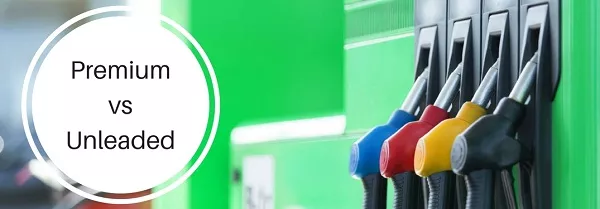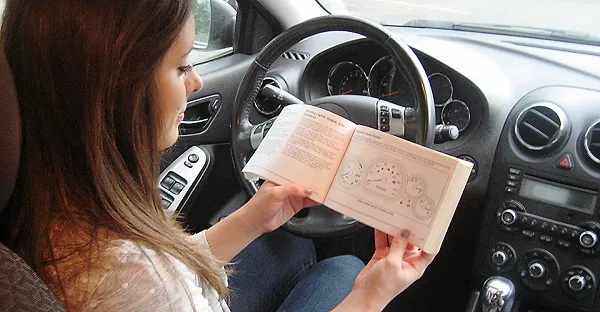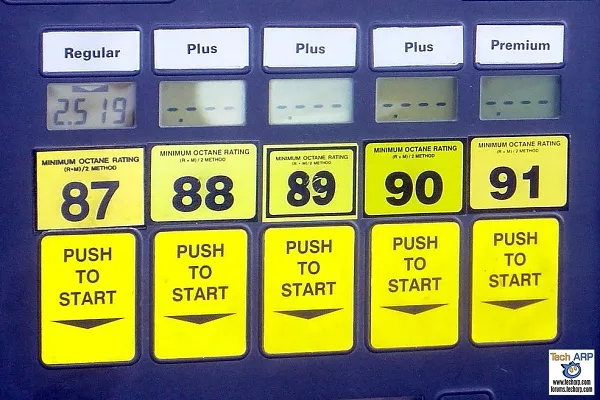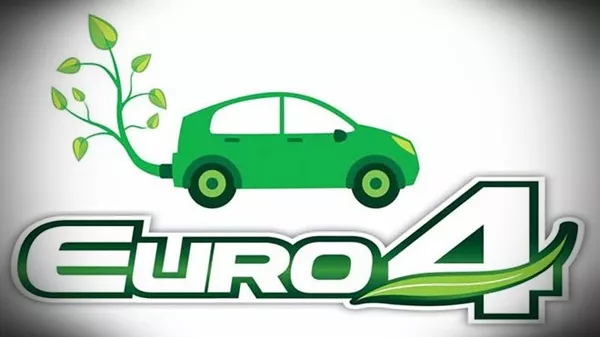The usual routine of going out and gassing up the family car isn’t that simple. Before putting gas into your tank for the weekly gas run, you’ll need to know how to choose the most suitable fuel grade for specific cars. Using the wrong fuel grade will affect the engine performance or need expensive repair work on it too.
Most drivers take it for granted that filling up on any fuel whether gas or diesel is no biggie. News flash! This is not correct and there are drivers out there killing their engines life expectancy just because they don’t know better. For the better advisement of every car owner so that everyone will know the proper fuel grade to use. Choosing the proper fuel grade to give these benefits that are crucial to maintaining fuel efficiency and engine performance:
- Engines using the right fuel grade will last longer.
- Some engines are sensitive to specific fuel grades because they are optimized for it.
Consider these benefits that should result from using the required fuel grade needed. To clearer about how to choose the best fuel for your vehicles, consult the helpful tips brought from Philkotse.com below for more valuable information.
Driving Lessons & Tire care: How to choose the right fuel for your car
>>> More helpful articles on choosing the right fuel for your cars:
- 5 Different Types of Fuels in the Philippines: Pros & cons
- Things to consider when choosing the right fuel for your car
1. Never make the mistake of putting the wrong kind of gas!
When gassing up at the station, the usual question asked by the gas attendant is "Which kind of gas may you choose?". For most car owners it’ll be unleaded please, but for some, it’s pump in the premium jack! Kidding aside and this is a serious concern for most car owners at the pump. Some have the misconception that high octane is better although some would advise against it!
Gas engines and diesel engine can be damaged by pumping in the wrong fuel. In most cases, it is harmless although it might be serious later on. Always tell what should be pumped in before the attendant gets the nozzle. Look what is chosen then to proceed to pump it in.

Premium vs Unleaded gasoline: Which we should use?
1.1. Unleaded Gasoline
This is regular unleaded gas is the usual sold in most gas stations. Its octane rating is 87, and it’s the one advised for most engines used today.
1.2 Premium Gasoline
With an octane rating of 90 and up that has more additives for better performance, especially for motorsports. This kind of fuel will burn faster than unleaded fuel.
>>> Related: What is the difference between regular and premium fuel?
2. Check the owner’s manual carefully for further advice
To be truly clear on what specific fuel grades to pump in, drivers should read the owner’s manual of the car. To know if fuel can be interchanged and the specific amounts of unleaded with premium can be mixed.

Carefully read the owner's manual to understand your car
3. What is the car running condition?
Older cars will need special attention when gassing up because they have older engines with older specs. Usually putting in unleaded with the lowest octane available is the best option. Higher octane or premium gas is best suited for newer cars.
4. Make sure that high octane is okay with your car
Before determining the kind of fuel for your car, drivers should understand what the octane rating is. Octane rating usually refers to how well any fuel will pre-ignite and prevent pinging in the engine which is a serious concern.
Car owners should always stick with the recommended fuel grade although there are instances it can be mixed. Car owners should alert, especially if their engines have lower displacement and not high performance. For example, owners of cars with V6 engines will opt for high octane fuel to take advantage of high-performance engines. Checking the manual or manufacturers specs will be helpful to clear thing up.

Some engines demand high octane to prevent damage when running
Sometimes when unleaded gas has run out and there is the only premium left. Filling up on anything other than unleaded, if the tank would have less of it. It can be done though not too often.
5. Does your car opt with Euro 4 or 6?
They are the emission levels of carbon and other by-products when fuel is burned. Most engines now are compliant with this standard for lesser emissions to protect the environment. The fuels covered are gasoline and diesel fuels for vehicles.

Euro 4 is the standard gas emission level
6. Monitor the engine when a specific fuel grade is used
Observe the engine after every time filling up the pump to make sure that nothing is amiss while the engine is running. If there are knocks and stalling or any stalling, it better to have the engine checked. Or have the tank drained asap, then fill it up again. It’s best to monitor the engine at all times to forestall problems with it.
>>> Related post: 4 Essential Care Tips for Maintaining Your Car Engine
The alternative is mildly or seriously compromising the engine by using the wrong fuel grade. Some would still consider high-performance fuels from branded gasoline that cost more with the additives, but it’s best to check if it’s the best for the auto. Just keep in mind that engines from gas to diesel have specific requirements that should be followed or else!
Recent posts
- 10 myths about fuel efficiency that every Filipino driver should know Nov 08, 2022
- How to compute your actual fuel consumption? Feb 11, 2019
- Fuel-saving products for cars: Worth it not? Oct 19, 2022
- 11 hidden reasons why your car is consuming more fuel than usual Apr 23, 2018
- 6 useful tips to increase your car’s fuel efficiency Nov 10, 2017












